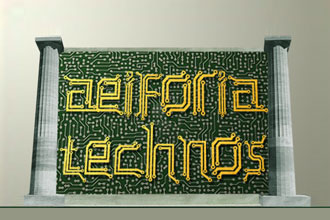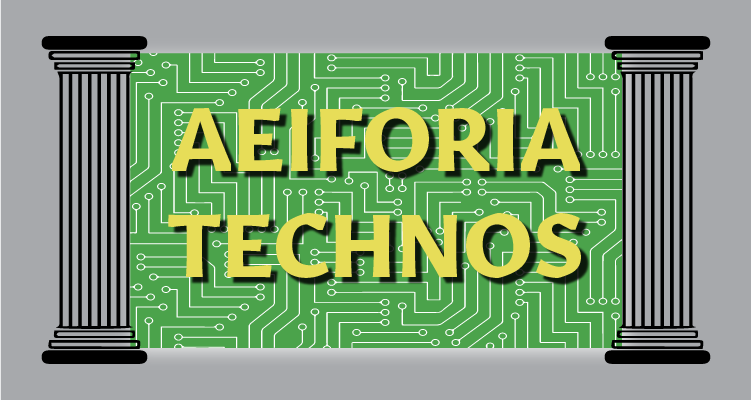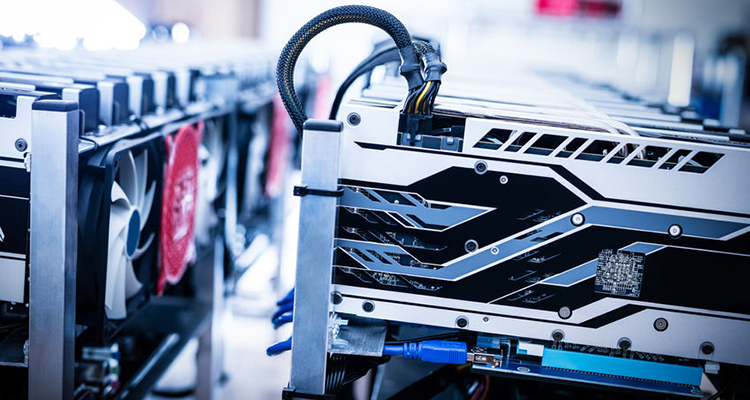Technology in Arts & Culture
 Recently I presented at the Ohio Museum Association’s 2013 annual conference in Sandusky, Ohio on energy efficiency in technology for museum and themed environments. In doing the research for the presentation, I came across some interesting facts and figures that really emphasize how pervasive technology is in the cultural and performing arts and what an opportunity for the technology industries to play a major part in shaping the dialog towards sustainable technology solutions.
Recently I presented at the Ohio Museum Association’s 2013 annual conference in Sandusky, Ohio on energy efficiency in technology for museum and themed environments. In doing the research for the presentation, I came across some interesting facts and figures that really emphasize how pervasive technology is in the cultural and performing arts and what an opportunity for the technology industries to play a major part in shaping the dialog towards sustainable technology solutions.
To frame the conversation here are some statistics about technology in museums you may not be aware of:
- There are roughly 17,500 museums in the U.S. including art, natural history, science, history and historic site, botanical gardens, zoos and aquariums, and children’s museums.
- The arts and culture business is a $166.2 billion a year market.
- Technology is a major way for museums to reach audiences.
- Over 850 million people visit arts and cultural organizations each year with the majority attending science and technology museums.
- The average price of a single ticket admission is just $7. Technology helps convert those one-time visitors into members and members into donors. Donors help pay for the technology.
- Technology helps to dissect the mass of participants into individuals and help the organization understand these individual’s behavior.
- Technology helps the different departments see big picture items and allow them to improve subsequent interactions with the participants through the website, gift shop, email/snail mail offers, and admissions.
- Technology helps the internal team be more efficient.
- There are over 3.9 million people working or volunteering at arts and cultural organizations split almost 50/50 between paid and non-aid staff world-wide with expense ranging from hundreds of dollars annually to the high millions.
- The lack of technology leaves less time for the internal staff to focus on the core mission of the organizations by requiring the staff to be spread thin over different activities and departments. With technology these same employees increase efficiencies by connecting internal teams allowing them to focus on the mission.
- Arts and culture patrons are more technologically savvy then ever before, especially the millennial teenager.
- Young patrons have no experience of life before cell phone, portable digital music players, cable TV or the Internet.
- 94 percent of millennial teens have a cell phone, 70 percent own a laptop, 69 percent own a portable digital music player and 23 percent own a tablet.
- Tech savvy patrons are more adept to sharing information online than ever before.
 So what does this mean? Arts and culture needs to keep up with technology to keep attracting and maintaining audiences especially the younger generation. The dollars associated with competing recreational activities (movies, video games, digital video recorders, Netflix, etc.) that involve technology is staggering and the available leisure time is shrinking. The most efficient way to attract the moths to the light is through the use of the weapon of choice — technology. Having everything from digital downloads of content on devices the consumer is accustomed to a sea of video displays, audio and even holographic imagery is crucial to success in this environment today and having the right technology for the staff to manage it is even more critical.
So what does this mean? Arts and culture needs to keep up with technology to keep attracting and maintaining audiences especially the younger generation. The dollars associated with competing recreational activities (movies, video games, digital video recorders, Netflix, etc.) that involve technology is staggering and the available leisure time is shrinking. The most efficient way to attract the moths to the light is through the use of the weapon of choice — technology. Having everything from digital downloads of content on devices the consumer is accustomed to a sea of video displays, audio and even holographic imagery is crucial to success in this environment today and having the right technology for the staff to manage it is even more critical.
All of this technology consumes more energy and requires a more robust infrastructure to support it. Having designed technology for museums such as The Las Vegas Mob Museum and the Rock and Roll Hall of Fame and Museum, among others, I know firsthand how dramatic this shift can be from the traditional stoic artifact mountings of old to the whiz-bang world of hi-tech. People crave more information and will drill down deep if given the chance and ability to do so immediately.
Where these organizations mainly struggle is in having the capital to make the necessary infrastructure and technological upgrades required. Most are not-for-profit 501(c)(3) with very limited resources for capital purchases and even more meager operating costs. Having qualified and knowledgeable technology savvy help from our industry is welcome and needed. I have come to understand that what these organizations need are the right solutions to help tell the story and keep their operating costs under control.
Having this need to keep up with the Joneses creates another interesting paradigm, however: e-waste. This can be a large problem for tech heavy venues such as arts and culture. In 2010 the U.S. disposed of over 2.4 million tones of electronic waste. Out of that just less than 650,000 tons was recycled, the rest was dumped or incinerated releasing toxins into the air including lead, mercury, cadmium, lithium, phosphorous coatings and brominated flame retardants. Since a good portion of the technological exhibits are computer driven it is good to know that over 423,000 tons of computers were thrown away in the U.S. in 2010 of which only 168,000 were recycled. This does not include the computer monitors (594,000 tons tossed) with only 33 percent recycled. And video monitors had over 1 million discarded in 2010 where 17 percent were actually recycled. Why this is important is it often conflicts with the core values and mission statement of the institution that, in the public eye, look to present themselves in a positive light.
In last month’s article, I wrote about manufacturers creating perpetual obsolescence with technology that can financially be devastating for arts and culture having to keep up, especially those with revolving exhibits. Working with the right people and educating yourself to what is really needed as well as looking for technology that is well built and has some longevity can track miles in environments such as this. It is a balancing act to manage technology for infrastructure, immersive environments, interactive, and technology rich contextual exhibits with the energy demand and financial ramifications of keeping up. Thinking through the elements of the experience and the story being told will help in making the right choices.
A qualified professional consultant working with these groups can help reduce the technological footprint and reduce energy consumption in a few simple ways. A major source of controlling technology and cost overrun is the staff. Look at employee engagement opportunities. Getting their perspective and buy in on technology use as it relates to the core mission of the institution will work towards success. Get their commitment to implement and maintain the strategies by aligning the coals with the organization’s mission statement. Expect active participation and contributions and show meaningful appreciation for success and help bolster or redirect perceived failures. These people will be the first line of defense with patrons who are the consumers of the content and technology. For example at the Mob Museum, the staff have tablets that they carry that allow them to be on the floor with the exhibits and immediately trouble shoot interactive and generally reboot within minutes to minimize downtime for paying patrons. The staff are usually the ones who are also fielding questions about people bringing their own devices to interact with the exhibits.
Raymond Kent is the managing principal of Sustainable Technologies Group, LLC, specializing in technology systems for the performing and cultural arts, healthcare, Government, higher education and corporate markets. He is a co-author of the STEP rating system and serves as the chair of the Technology Task Force for the STEP Foundation. Raymond received the 2012 InfoComm Sustainable Technology Award and is involved with developing sustainable practices in the arts. Reach him at rkent@sustaintech-llc.com




